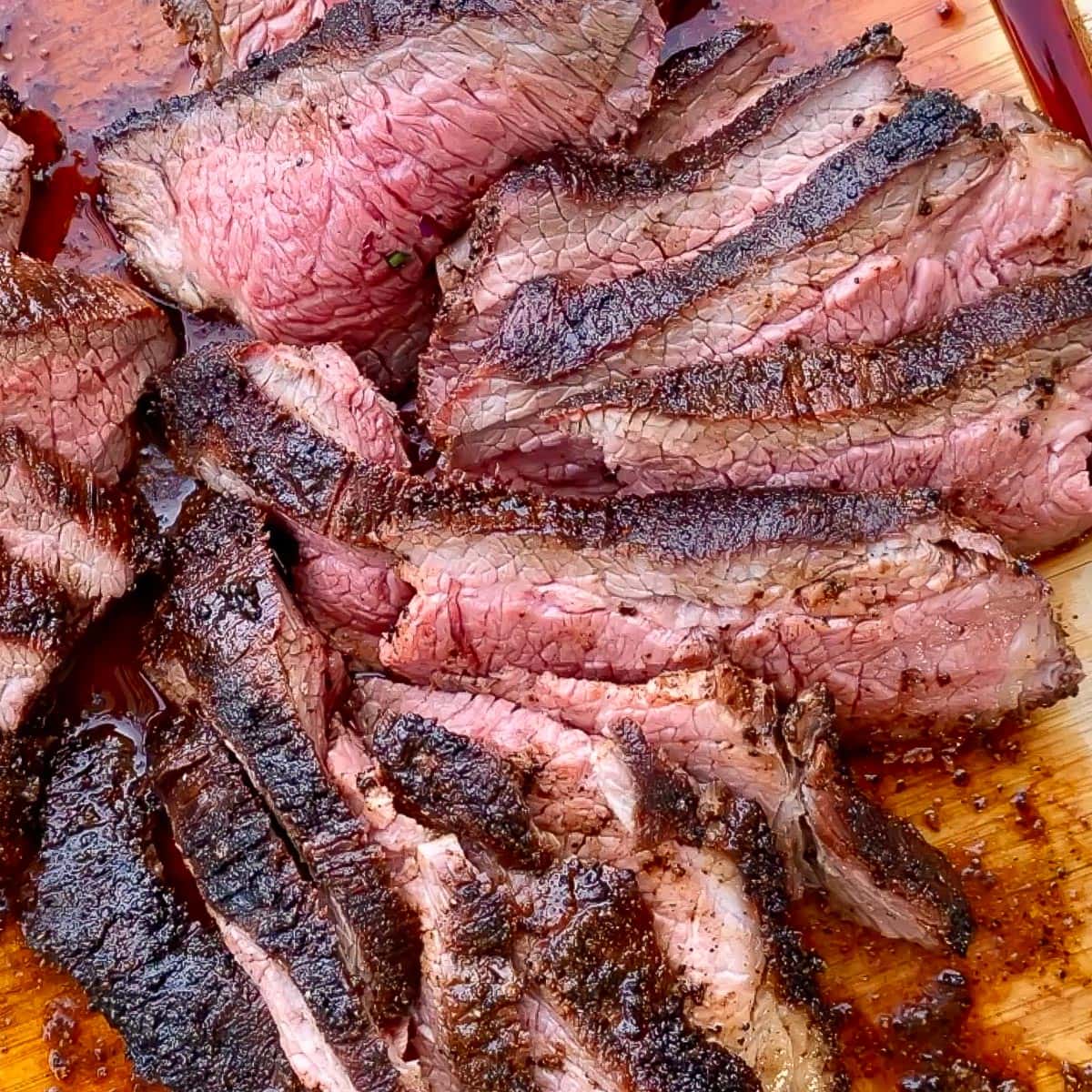Cooking a perfectly tender and flavorful tri-tip roast is a goal many home cooks aspire to achieve. This cut of beef, hailing from the bottom sirloin, is known for its rich taste and juicy texture. Slow roasting a tri-tip at 300°F is a method that promises a mouthwatering result if done correctly. The key lies in the preparation, timing, and a bit of patience.
Understanding the Tri-Tip
Tri-tip is a triangular cut of beef that is lauded for its robust flavor and pleasant marbling. Unlike larger roasts, it cooks relatively quickly, making it a convenient option for those craving roast beef without dedicating the entire day to the kitchen. Its unique shape also means it can be cooked using various methods, but slow roasting in the oven offers a tender, succulent finish that enhances its natural beefy flair.

Prepping for Perfection
Before placing the tri-tip in the oven, proper seasoning is essential. A simple rub of salt, pepper, garlic powder, and perhaps a splash of olive oil can work wonders in accentuating its natural flavors. Letting the meat sit at room temperature for about 30 minutes post-seasoning allows the flavors to penetrate and ensures even cooking.
The Art of Slow Roasting at 300°F
Cooking tri-tip at a lower temperature like 300°F might take longer, but it’s well worth the wait. This method helps in breaking down the connective tissues, making the meat exceedingly tender without losing its moisture. The recommended cooking time is roughly 20 minutes per pound for medium-rare, though a meat thermometer is the best tool to ensure precision.
When inserting the thermometer, aim for the thickest part of the tri-tip, avoiding any fat or bone. For medium-rare, a reading of 130°F to 135°F is ideal. For those preferring well-done, a higher target temperature around 145°F might be more appropriate. Remember, the meat continues to cook post-removal, so it’s wise to pull it out a few degrees before your ideal doneness.
Resting and Slicing
Once the tri-tip has achieved the desired temperature, removing it from the oven and letting it rest is crucial. Resting, for about 10 to 15 minutes, allows the juices to redistribute, ensuring each slice is as juicy as possible. When it’s time to carve, slicing against the grain is the key to achieving those tender, melt-in-the-mouth pieces. The grain runs in two directions in a tri-tip, so some attention is needed during slicing to maintain consistency in texture.
Elevating the Experience

Consider complementing this delightful roast with sides that enhance its rich flavors, such as roasted vegetables, garlic mashed potatoes, or a fresh salad. A robust red wine, like a Cabernet Sauvignon or a Zinfandel, pairs exceptionally well with the tri-tip’s robust profile.
Concluding Thoughts
Mastering the slow-roasting technique at 300°F transforms a simple tri-tip roast into an exquisite meal. It’s about balancing time, temperature, and technique. Understanding the nuances of this unique cut and embracing the slow-cooking process can turn your culinary efforts into accolades from family and friends. Whether for a casual family dinner or a festive gathering, this slow-roasted tri-tip can be a delicious centerpiece worthy of attention.













